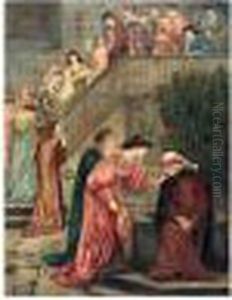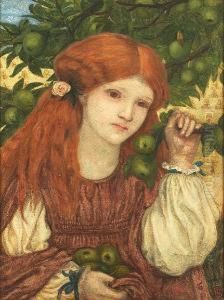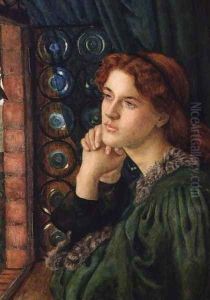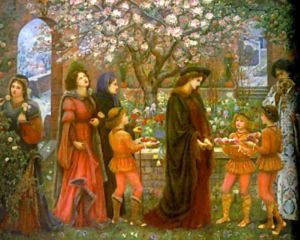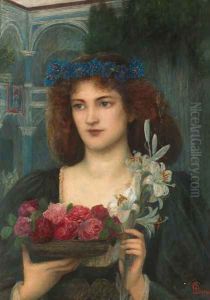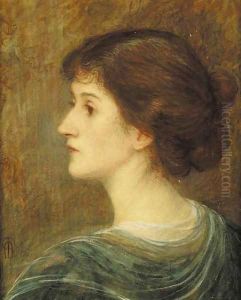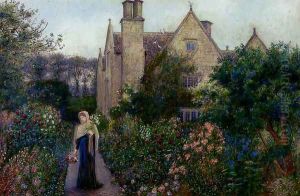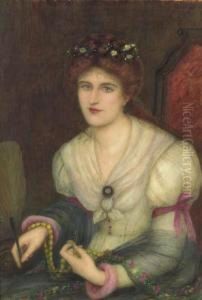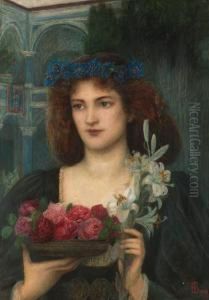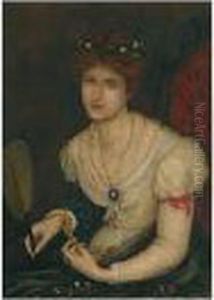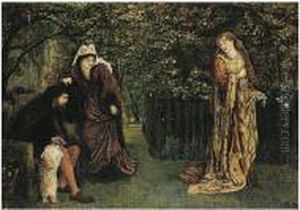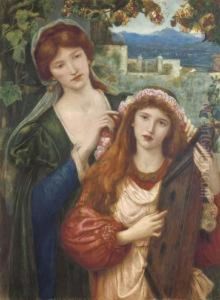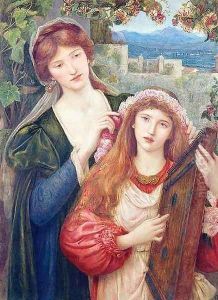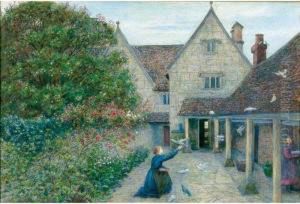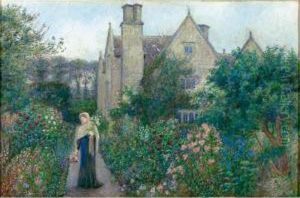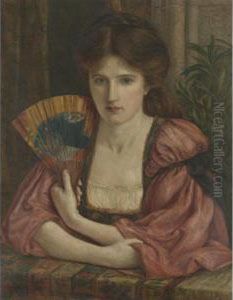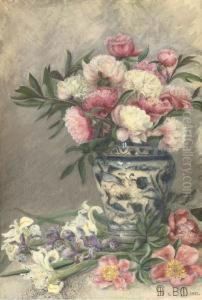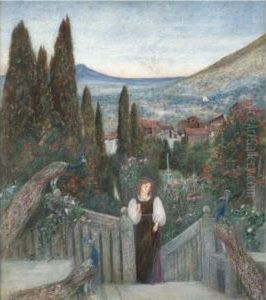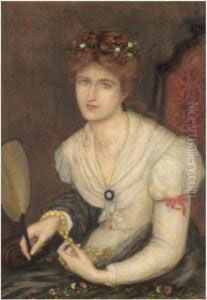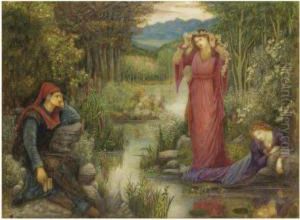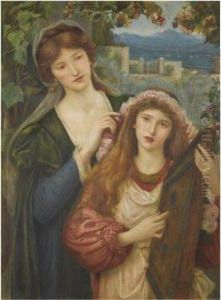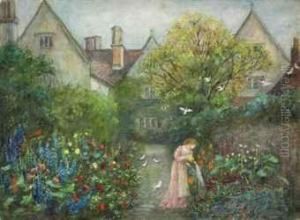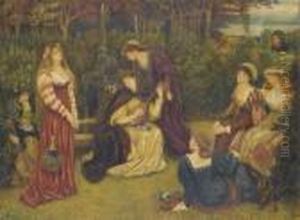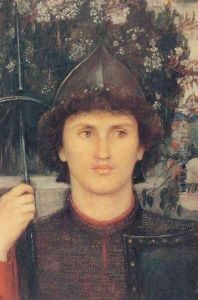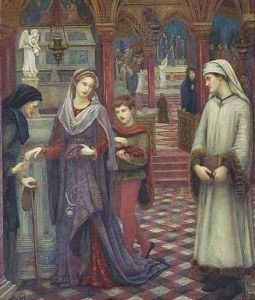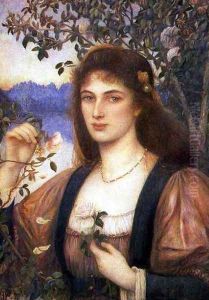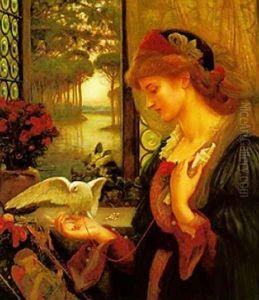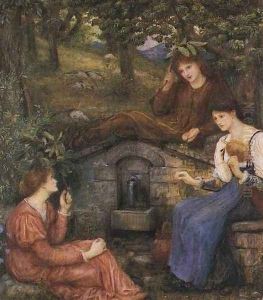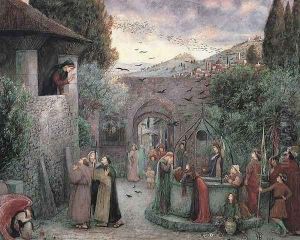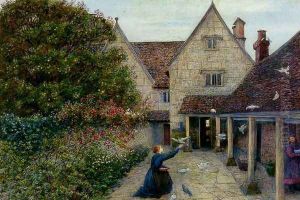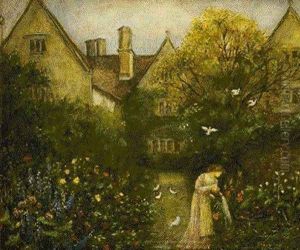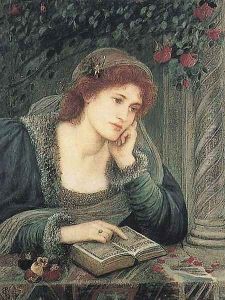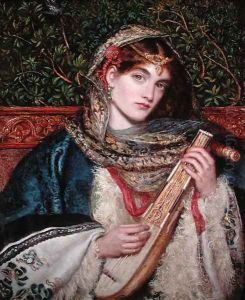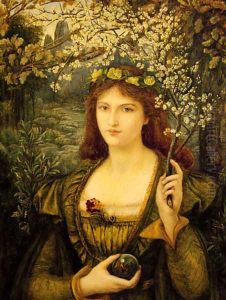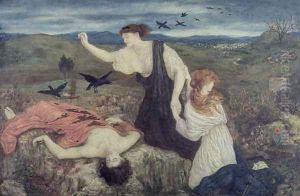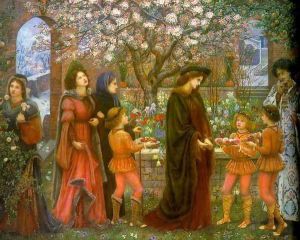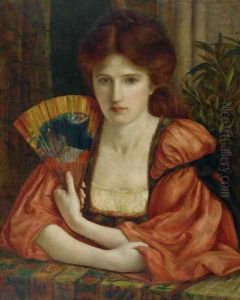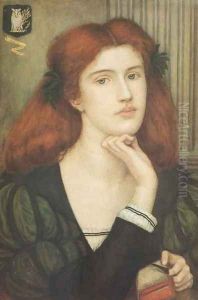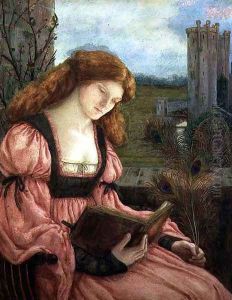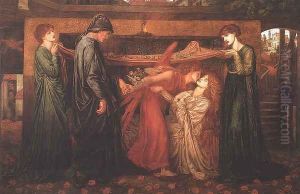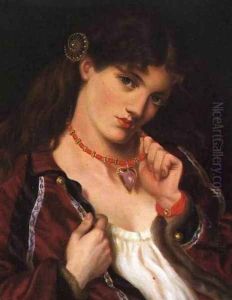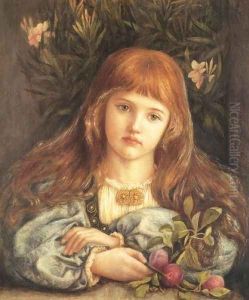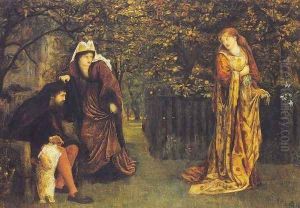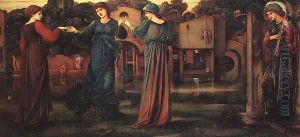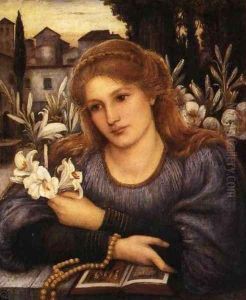Maria Euphrosyne Spartali, later Stillman Paintings
Maria Euphrosyne Spartali, who later became known as Marie Spartali Stillman after her marriage, was a significant figure in the 19th-century British Pre-Raphaelite art movement. Born on March 10, 1844, in London, she was the daughter of Michael Spartali, a wealthy merchant, and Euphrosyne Varsis. Spartali's affluent background enabled her to receive a sophisticated education and to pursue her interests in the arts from an early age.
Spartali's talent for painting became evident early on, and she was fortunate to study under Ford Madox Brown, who was one of the founding members of the Pre-Raphaelite Brotherhood. Brown recognized her talent and encouraged her to develop her own artistic style. Her close association with the Pre-Raphaelites began through her friendship with Brown and through her own personal connections; her father's mansion became a cultural hub where prominent figures of the art world often gathered.
As an artist, Spartali Stillman is best known for her beautiful and detailed watercolors and oil paintings, which often featured women in dreamy, romanticized settings that were typical of the Pre-Raphaelite style. Her works are characterized by their luminosity, intricate detail, and rich coloration. She often depicted scenes from literature, mythology, and historical narratives, imbuing them with a sense of poetic elegance and otherworldly charm.
In 1871, Maria Spartali married American journalist and painter William J. Stillman. The marriage resulted in her moving to the United States for several years, where she continued to work and exhibit her art. Despite the challenges of balancing her roles as an artist and a mother, she managed to maintain a prolific output throughout her career.
Spartali Stillman was not only a painter but also a model for several well-known Pre-Raphaelite artists, including Dante Gabriel Rossetti and Edward Burne-Jones. Her striking looks and tall stature made her an ideal subject for the ethereal and idealized female figures that were central to Pre-Raphaelite aesthetics.
Despite her considerable talent and output, Spartali Stillman's work was somewhat overshadowed by her male contemporaries during her lifetime. However, her contributions to the Pre-Raphaelite movement have been increasingly recognized and celebrated in more recent years. She exhibited her work across Europe and the United States, and her paintings are now housed in various galleries and private collections around the world.
Marie Spartali Stillman continued to paint until her death on March 6, 1927. Today, she is remembered as one of the most accomplished female artists associated with the Pre-Raphaelite Brotherhood, and her work continues to be studied and admired for its beauty and technical skill.
